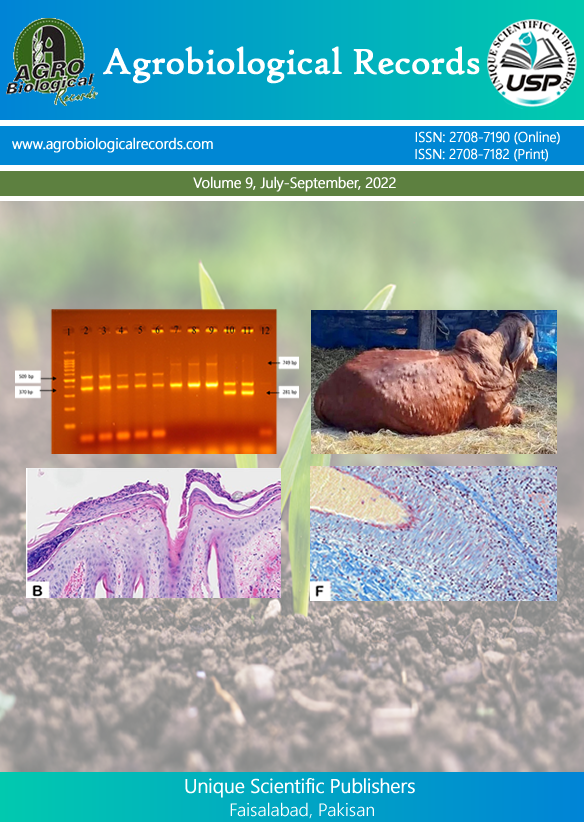
Tesfaye Molla Desta 1,*, Kindie Tesfaye 2, Firew Mekbib 3, Tamado Tana 4 and Tilahun Taddesse 5
1Debre Tabor University, Department of Plant Science, Debre Tabor, Ethiopia, P.Box. 272 2International Maize and Wheat Improvement Centre (CIMMYT), Addis Ababa, Ethiopia P.O.Box 5689 3Haramaya University, School of Plant Sciences, Dir Dawa, Ethiopia, P.Box.138 4University of Eswatini, Department of Crop Production, Faculty of Agriculture, Eswatini, P.O.Luyengo, Kwaluseni M201 5Ethiopian Institute of Agricultural Research (EIAR), Addis Ababa, Ethiopia, P.O.Box.2003
*Corresponding author: tesfayemolla67@yahoo.com
The rice-based agricultural system in the Fogera Plain exhibits considerable heterogeneity across its ecosystem. This study aims to develop a farm typology that categorizes rice farms into distinct groups to facilitate targeted technological interventions. Using multivariate data mining techniques-Principal Component Analysis (PCA) and Cluster Analysis (CA)-data were collected from 230 farm households based on biophysical and socioeconomic characteristics. PCA identified five principal components explaining 62.7% of the total variance, with the first two components accounting for 44%. Cluster analysis delineated five farm types: Input-based Rainfed (FTP1), Off-farm Income-dependent (FTP2), Irrigation-based (FTP3), Livestock-based (FTP4), and Small and Marginal Rainfed-Based (FTP5). Notably, FTP3 and FTP4 utilized the highest proportions of irrigation water (26% and 21%), while FTP5 and FTP2 had the lowest water use (14% and 11%). The findings give emphasis to the need for developing small-scale irrigation infrastructure, especially for FTP5 and FTP2, to mitigate water shortages and enhance rice productivity. Therefore, the use of the identified farm-type-specific character may facilitate the adoption of farm-type-specific technologies and aid in the creation of an environment that is suitable for policy insights and extension services, thereby enabling more efficient and sustainable.